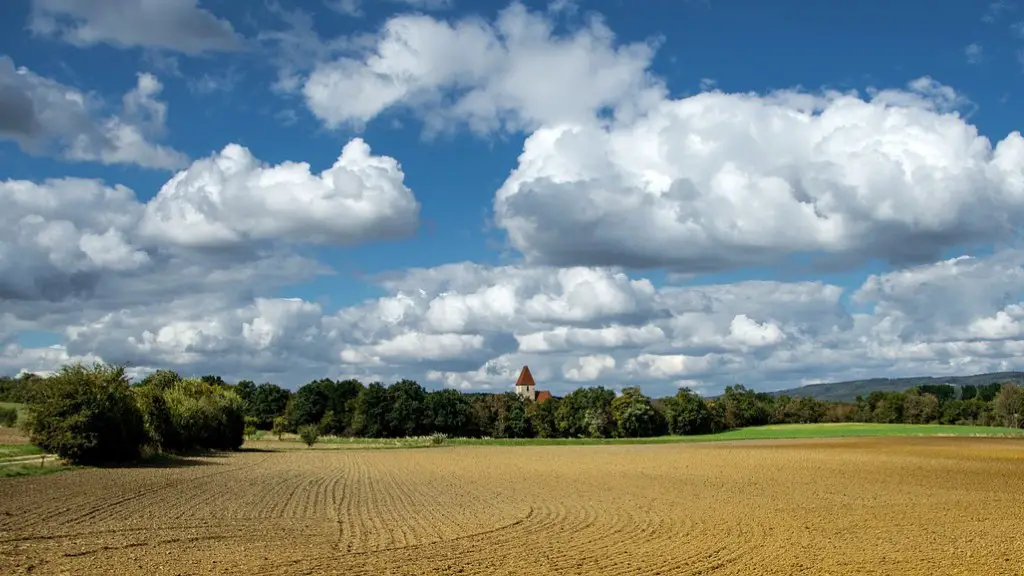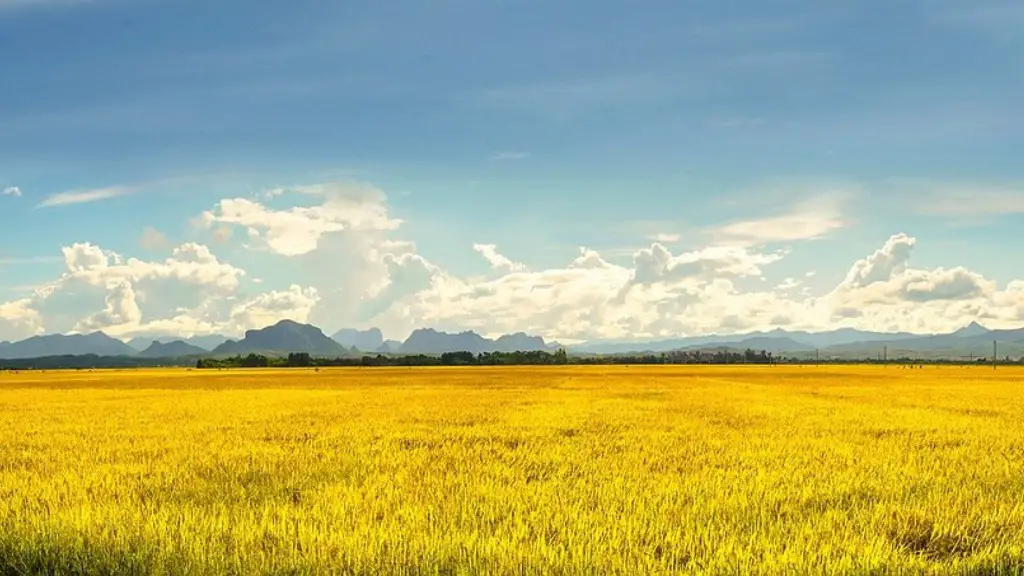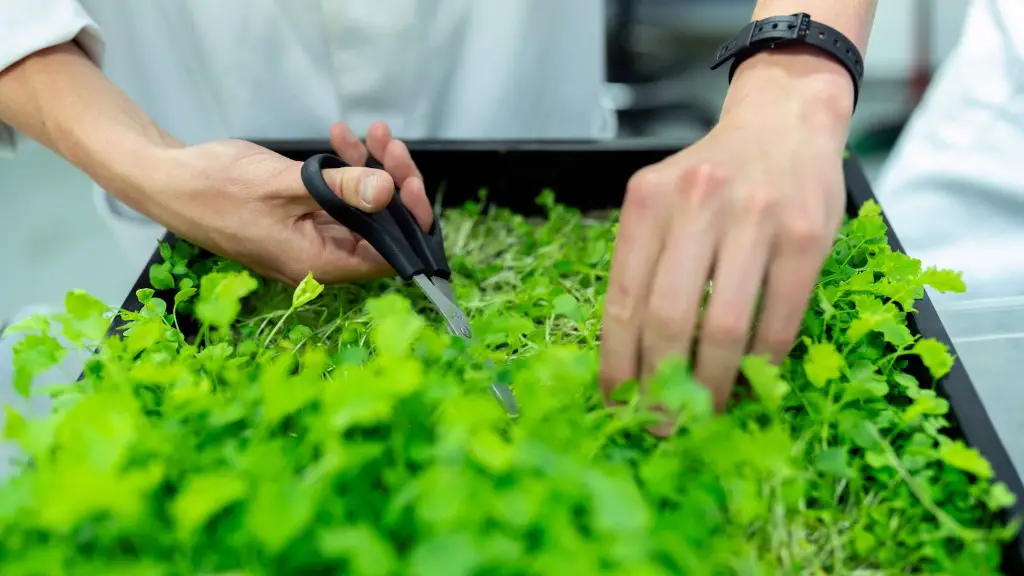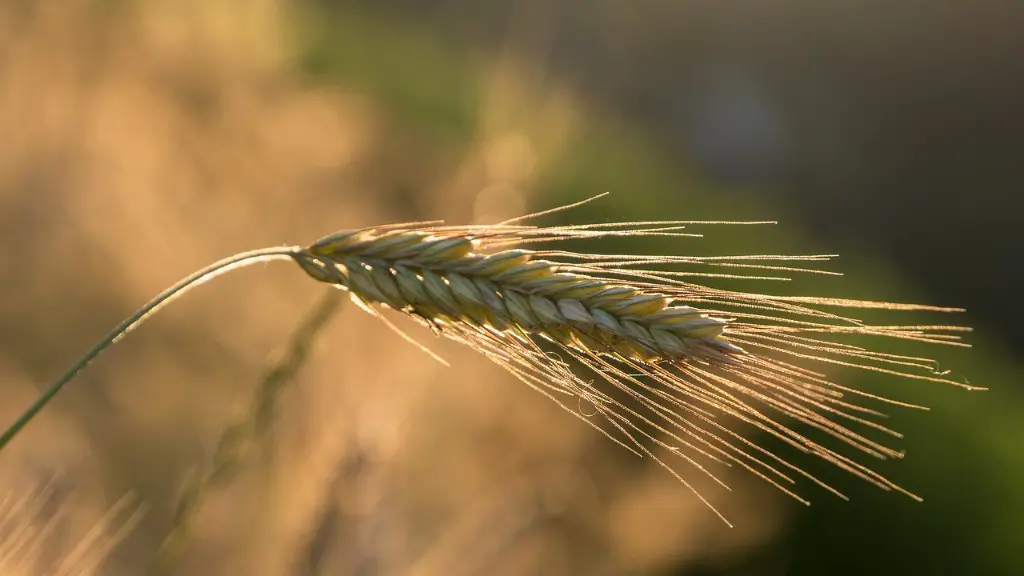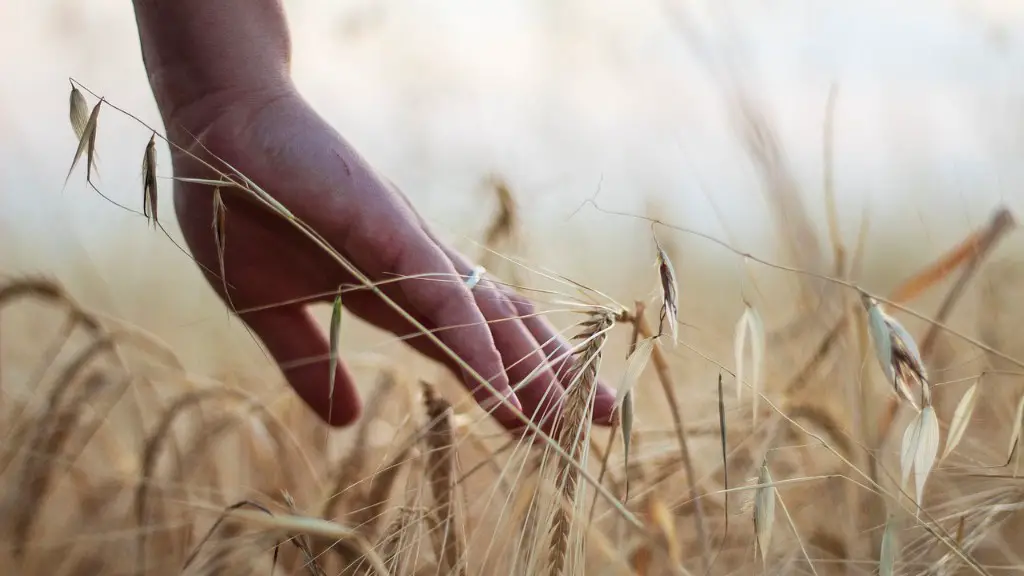In the past century, there has been a dramatic increase in the amount of food that is produced globally. This is due in large part to the advances made in modern agriculture. In the developed world, farmers have access to a wide range of tools and technologies that they can use to increase yields. This has allowed them to meet the demands of a growing population.
However, modern agriculture has also had a significant impact on the environment. The use of pesticides and fertilizers has led to pollution of air and water resources. In addition, the conversion of natural habitats to farmland has contributed to the loss of biodiversity. As the demand for food continues to increase, it is important to consider the environmental costs of modern agriculture.
There is no one answer to this question because the impact of modern agriculture on the environment depends on a number of factors, including the type of farming practiced, the geographical location, and the environmental conditions in the area. However, some of the ways in which modern agriculture has impacted the environment include the following:
– Clearing of large tracts of land for agriculture has led to the loss of natural habitats, which has in turn led to the decline of many plant and animal species.
– The use of pesticides and fertilizers has contaminated water supplies and has been linked to health problems in humans and animals.
– Soil erosion from farming activities has led to the loss of topsoil, which is essential for plant growth.
– The burning of fossil fuels by farm machinery and vehicles has contributed to air pollution and climate change.
What are the impact of modern agricultural practices on environment?
Agriculture is a leading cause of many environmental issues, including climate change, deforestation, biodiversity loss, dead zones, genetic engineering, irrigation problems, pollutants, soil degradation, and waste. These environmental problems cause environmental degradation and damage the natural world that sustains us. We must take action to protect our environment and agricultural resources.
Large-scale, conventional farming focuses on intensive single crop production, mechanization, and depends on fossil fuels, pesticides, antibiotics, and synthetic fertilizers. While this system yields high production levels, it also contributes to climate change, pollutes air and water, and depletes soil fertility. This type of farming is not sustainable in the long term, and we need to find alternative ways of producing food that are more environmentally friendly and sustainable.
What are the positive and negative impact of modern farming
Modern chemicals have increased crop yields by making crops grow better. However, they have also increased river pollution due to chemical run-off. Fewer plants are being eaten by pests, so more crops are available to sell.
It is true that modern farming methods have put a strain on the natural resources that we rely on. The increased use of fertilizers has led to the loss of soil fertility, and the use of groundwater for tube well irrigation has led to water depletion. However, it is also true that these methods require a great deal of capital. Without the capital investment, modern farming methods would not be possible.
How does agriculture help the environment?
Sustainable agriculture is not only important for preserving the earth’s natural resources, but also has many benefits for the environment. Sustainable agriculture helps to maintain soil quality, reduce erosion, and preserve water.
Agriculture has had a profound impact on the environment. Five of the most significant environmental effects are soil fertility loss, eutrophication of water bodies, deforestation, climate change and pesticide pollution.
Soil fertility loss is a major problem caused by agriculture. It results from the depletion of nutrients in the soil due to crop production. This can lead to a decline in crop yields and a loss of productivity.
Eutrophication of water bodies is another environmental effect of agriculture. This occurs when excess nutrients from agricultural runoff enter water bodies and cause an overgrowth of aquatic plants and algae. This can lead to oxygen depletion and a decline in water quality.
Deforestation is another environmental effect of agriculture. This occurs when trees are cleared to make way for farmland. Deforestation can lead to soil erosion, loss of biodiversity and climate change.
Climate change is another environmental effect of agriculture. Agriculture contributes to greenhouse gas emissions, which are a major cause of climate change. Agriculture also alters land use, which can lead to changes in local climate.
Pesticide pollution is another environmental effect of agriculture. Pesticides can pollute water bodies and soil, and they can also be harmful to human health.
How does agriculture impact society?
Agriculture plays a vital role in society and the economy. It provides food and other products for people to consume, while also creating jobs and contributing to economic growth. Agriculture also has a significant impact on the environment, both positive and negative.
Modern agriculture is an evolving approach with innovations in farming practices that helps in increasing agricultural efficiency and reduce the loss of natural resources. By applying this modern technology, farmers are gaining more profits and able to increase their productivity of yield. In the long term, modern agriculture will help preserve our natural resources and make farming more sustainable.
What are the benefits of modern agriculture
Modern farming techniques have improved the fertility of the soil,increased the cost and demand of the items, decreased the effect on the ecosystem and modern storage methods have reduce wastage of food grains.
There are a variety of environmental factors that can impact a farmer’s profits and productivity in any given growing season. Soil quality, water quality, climate, and terrain can all play a role in how successful a farmer is in any given year. Environmental issues can be a major concern for farmers, and it is important to be aware of the potential impact that these issues can have on a farm’s bottom line.
What are the positive and negative effects of agriculture on the environment?
Negative impacts from agriculture can be serious, but the sector can also have positive environmental impacts. For example, agriculture can trap greenhouse gases within crops and soils, or mitigate flood risks through the adoption of certain farming practices.
Agriculture has been a vital part of human society for centuries. It provides us with food, shelter, and clothing. It also helps to create jobs and stability in the economy. However, there are also some disadvantages to agriculture. One of these is that it can lead to conflict over access to food and other resources. Additionally, weather can damage crops, leading to food shortages.
What are 3 benefits of agriculture
1. Agriculture is the main source of raw materials for industries.
2. It is important to international trade.
3. It plays a big role in a nation’s revenue.
4. It provides employment.
5. It is crucial to a country’s development.
6. It can help heal the environment.
7. It goes hand-in-hand with war.
8. It is a key sector in the economy.
9. It helps to shape a country’s culture.
10. It is an essential part of human life.
Agriculture affects the environment both positively and negatively. It can lead to soil erosion, water pollution, contribute to climate change, and deforestation. However, it can also help to preserve biodiversity, provide food and other resources, and improve the quality of the air and water.
What is the main problem of agriculture?
As the world’s population continues to grow, the amount of arable land decreases. This decrease in agricultural land results in lower crop yields, which in turn could lead to higher food prices and less food security.
There are a few ways to address this problem:
1) Increase the amount of land devoted to agriculture. This can be done by reallocating land that is currently being used for other purposes, such as housing or industry.
2) Improve agricultural productivity. This can be done through the use of technology, better irrigation systems, and more effective fertilizers.
3) Reduce the amount of food wasted. It is estimated that up to 40% of food produced is never eaten. Reducing food waste would free up more land for agriculture.
4) Change diets. A major driver of the demand for agricultural land is the growing demand for meat. If people decreased their meat consumption, it would reduce the demand for agricultural land.
Addressing the problem of declining agricultural land is essential to ensure food security for future generations.
Agriculture plays a significant role in climate change. Every stage of food provisioning releases greenhouse gases into the atmosphere, with farming in particular releasing significant amounts of methane and nitrous oxide, two powerful greenhouse gases. Agriculture also contributes to deforestation, which releases even more greenhouse gases into the atmosphere. Steps must be taken to mitigate the impact of agriculture on climate change, both to reduce emissions and to adapt to the changing climate.
What is the relationship between agriculture and environment
The environment matters to agriculture because it provides the basis for food and agricultural systems. Agriculture can have positive (eg conserving habitat for wild species) or negative (pollution, soil degradation) impacts on the environment.
More abundant food supplies could support denser populations, and farming tied people to their land. Small settlements grew into towns, and towns grew into cities. Agriculture produced enough food that people became free to pursue interests other than worrying about what they were going to eat that day. These innovations led to the development of civilizations.
Warp Up
The environmental impact of agriculture is the effect that different farming practices have on the environment. Agriculture is a major source of land and water degradation. In the United States, agriculture is responsible for 80% of water consumption, 50% of water pollution, and 90% of hazardous waste creation.
The most common form of land degradation is soil erosion, which is caused by wind and water. Soil erosion can lead to dustbowl formation and declining soil fertility. It also increases the amount of sediment in waterways, which can clog streams and rivers, and degrade water quality.
Water quality is also impacted by agriculture through the use of pesticides and fertilizers. When these chemicals runoff from farmland, they can pollute surface and groundwater supplies. Pesticide runoff is a particular problem in the Mississippi River Basin, where it has been linked to a massive dead zone in the Gulf of Mexico.
Fertilizer runoff is also a leading cause of eutrophication, or the over-enrichment of water bodies with nutrients. This can lead to excessive algae growth, which in turn can lead to the depletion of oxygen in the water and the death of aquatic life. Eutrophication is a major problem in the Chesapeake Bay and many other
There is no doubt that modern agriculture has had a significant impact on the environment. The use of pesticides and other chemicals has polluted both air and water, while the conversion of natural habitats to farmland has led to the loss of biodiversity. The impact of agriculture on the environment is an important issue that needs to be addressed.

